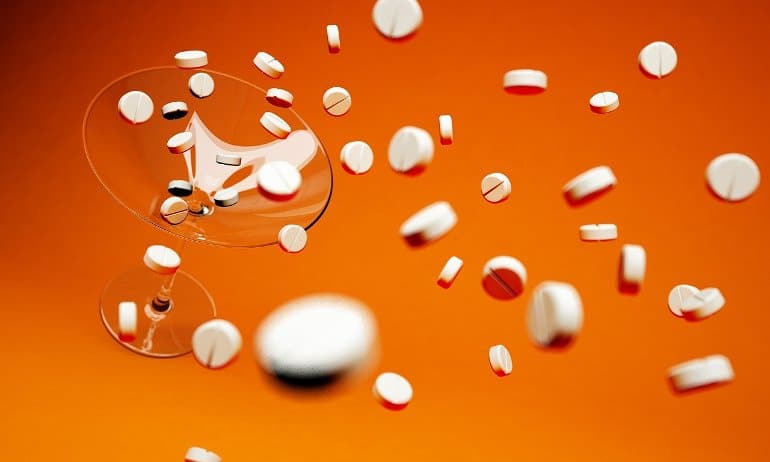Source: AAN
People with diabetes are twice as likely to develop dementia as those without the disease. In a new study, people with newly diagnosed type 2 diabetes who took the diabetes drug pioglitazone were less likely to later develop dementia than those who did not take the drug.
The study is published in the February 15, 2023, online issue of Neurology.
The results were strongest among people who also had a history of stroke or ischemic heart disease, a condition caused by narrowed arteries in the heart. The study does not prove that the drug reduces the risk of dementia for people with diabetes. It only shows an association.
“Since dementia develops for years before diagnosis, there may be an opportunity for intervening before it progresses,” said study author Eosu Kim, MD, Ph.D., of Yonsei University in Seoul, Republic of Korea.
“These results may suggest that we could use a personalized approach to preventing dementia in people with diabetes in the case that they have a history of ischemic heart disease or stroke.”
For the study, researchers looked at the national Korean health database for people newly diagnosed with type 2 diabetes who did not have dementia. They were followed for an average of 10 years. Of the 91,218 participants, 3,467 received the drug pioglitazone.
During the study, 8.3% of the people taking pioglitazone developed dementia, compared to 10.0% of those who were not taking the drug. After researchers accounted for other factors that could affect dementia risk, such as high blood pressure, smoking and physical activity, they found that people taking pioglitazone were 16% less likely to develop the disease than those who did not take it. The benefit was stronger among people who had a history of ischemic heart disease or stroke, with reduced risks of 54% and 43%.
The reduced risk also increased as people used the drug for longer periods. People who took the drug for four years were 37% less likely to develop dementia than those who did not take the drug, while those who took it for one to two years were 22% less likely.

People taking the drug were also less likely to have a stroke during the study.
Kim noted that side effects of pioglitazone include swelling, weight gain, bone loss and congestive heart failure, and more research is needed on the long-term safety of the drug and whether there is an optimal dose that could minimize side effects while maintaining the benefits.
“These results provide valuable information on who could potentially benefit from pioglitazone use for prevention of dementia,” Kim said.
“In some previous studies of people with dementia or at risk of cognitive decline who did not have diabetes, pioglitazone did not show any protection against dementia, so it’s likely that a critical factor affecting the effectiveness is the presence of diabetes. More research is needed to confirm these findings.”
A limitation of the study was information on drugs was based on insurance claims, so it’s possible that some people did not take the drugs as prescribed.






